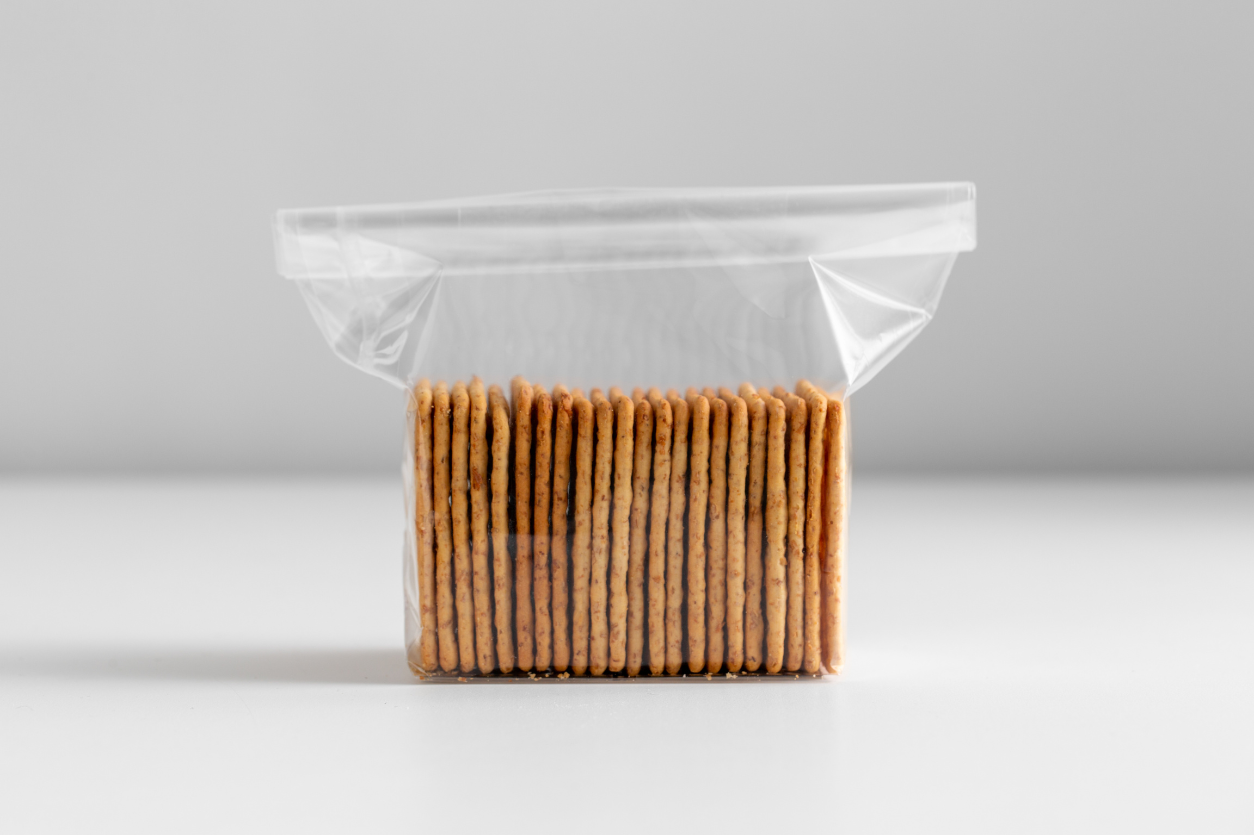People Are Reusing Freezer Bags, But Is That Even Safe?

Reducing waste is a priority for many of us, whether it’s because we want to save money, minimize our environmental impact, or both. One kitchen item that has come under scrutiny in this context is the humble freezer bag. It’s not uncommon to find yourself wondering about the safety and practicality of reusing these bags. After all, we all know how quickly those boxes can empty, especially when you’re cooking in bulk or meal-prepping. If you’ve been toying with the idea of washing and reusing your freezer bags, you’re not alone. It’s a trend that’s been gaining traction as more people look to cut down on single-use plastics. But is it actually safe to reuse them?
What Are Freezer Bags Made Of?
To start with, understanding what freezer bags are made of can help us assess their reusability. Most disposable freezer bags are made from polyethylene plastic, which is prized for its durability and flexibility. These qualities make it perfect for storing food in the freezer, as it can withstand low temperatures without cracking or breaking. However, the properties that make polyethylene so useful also raise questions about its safety when reused.
Plastics are generally composed of polymers and additives known as plasticizers, which give the bags their flexibility. Concerns have been raised about certain plasticizers potentially leaching out of the plastic and into food, especially when exposed to heat or harsh chemicals. While the FDA regulates food-safe plastics and has deemed many of these products safe for their intended use, repeated use and exposure to varying temperatures can alter the structural integrity of these bags.
Another factor to consider is that freezer bags are typically designed for single use. They’re not made with the same thick material as some reusable options, which means they may not hold up as well after washing and repeated handling. This doesn’t automatically make them unsafe for reuse, but it’s important to proceed with caution and be mindful of the potential for wear and tear.
Washing Freezer Bags
If you decide to reuse your freezer bags, proper cleaning is essential to minimize any health risks. The key is to thoroughly wash and dry the bags to prevent the growth of bacteria or mold. Start by rinsing out the bag with warm water to remove any food residue, and then turn it inside out to wash with a sponge. Be careful when turning the bag inside out because it may cause tears. Pay extra attention to the corners and the zip seal, as these areas are prone to trapping food particles and bacteria.
Using a scrub brush to clean stubborn residues can damage the bag’s surface and compromise its integrity. Instead, let the bag soak in warm, soapy water to loosen any tough spots before gently wiping them clean. Make sure to rinse the bag thoroughly to remove any soap residue. This step is crucial to ensure that no lingering chemicals are left inside the bag.
Once washed, it’s important to dry the bag thoroughly before storing it. Water left inside the bag can create a breeding ground for bacteria. You can either prop the bag open on a drying rack or use a clean towel to dry it inside out. And, of course, you can’t reuse freezer bags forever. I limit it to a few times per bag, especially if they start showing signs of wear, like thin spots, tears, or a compromised seal.
Risks and Considerations
While reusing freezer bags can help reduce waste, it’s not without its risks. Never reuse bags that have held raw meat, eggs, or fish, due to a significant risk of cross-contamination. These foods can harbor harmful bacteria that can be difficult to fully eliminate from the bag’s surface, even with thorough cleaning. According to Tracey Brigman, EdD, MS, RDN, LD, even reusing bags that previously held ‘potentially allergy-triggering foods’ is a no-go. It’s generally safer to reserve reused bags for items like produce, dry goods, or cooked food.
As mentioned earlier, repeated use and exposure to varying conditions can increase the risk of plasticizers leaching into food. While the amounts are generally considered negligible for most consumers, those with heightened sensitivities or concerns may prefer to limit the reuse of bags for food storage. With each wash and reuse, freezer bags can become weaker and less effective at keeping out air and moisture, leading to freezer burn or spoilage. Inspect bags regularly for any signs of wear before deciding to reuse them.
If you find yourself frequently needing storage solutions, invest in reusable silicone bags or glass containers. These alternatives are designed for long-term use and are typically dishwasher-safe, making them a convenient and eco-friendly choice. If you decide against reusing freezer bags, focus on other ways to reduce plastic waste in your kitchen. For example, using reusable produce bags, beeswax wraps, or cloth covers can help minimize your reliance on single-use plastics.
Our Recipe for Trust: Why Choose Kitchen Institute
At the Kitchen Institute, we're dedicated to providing reliable and accurate information on cooking trends, tips, and product reviews. Our team of passionate food enthusiasts ensures that every piece of content is thoroughly researched and based on real-world experience. We pride ourselves on our comprehensive and unbiased product reviews, rigorous research processes, and commitment to staying current with the latest culinary innovations. Trust us to enhance your culinary journey with quality insights and practical advice.